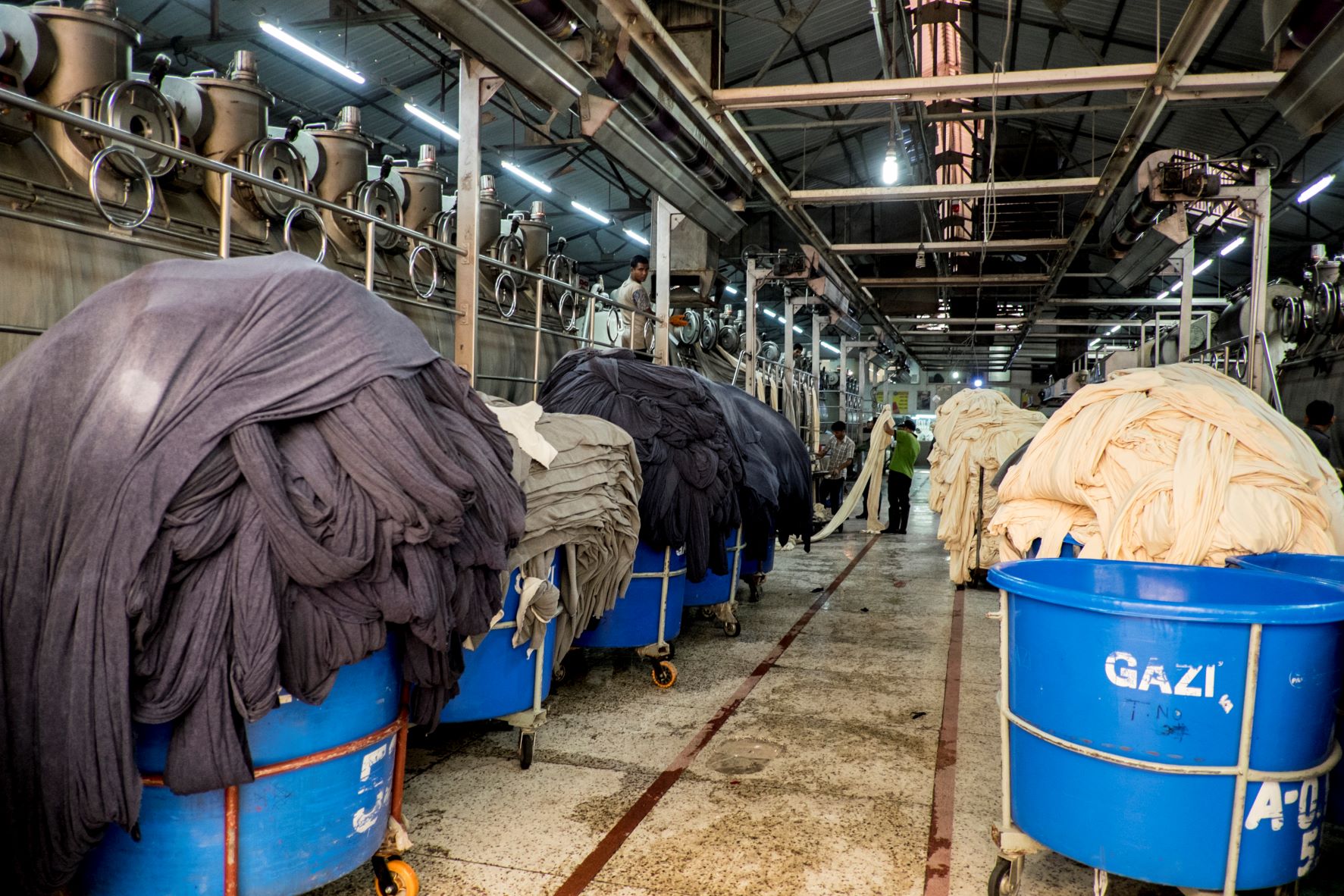
Biomimicry Institute will lead the Design for Decomposition initiative to demonstrate scalable new pathways for textile waste.
The initiative is a follow-up to the Institute’s The Nature of Fashion report in 2020, which identified decomposition as the missing link for the sector.
Together with Laudes Foundation, Hong Kong Research Institute of Textiles and Apparel (HKRITA), Yale Center for Green Chemistry and Green Engineering, Metabolic Institute, The OR Foundation, and Celery Design, the Biomimicry Institute will pilot technologies that convert wasted clothes and textiles into biocompatible raw materials.
The multi-year Design for Decomposition initiative will host pilots in Western Europe and Ghana, Africa, testing the most viable decomposition technologies that are commercially viable but have yet to scale.
The initiative begins with a deep dive into biological research about the various types and circumstances of natural decomposition and then matches those approaches to the hundreds of known decomposition technologies to determine which best model nature.
In the pilot phase, these approaches will be tested in Accra, Ghana, which receives about 15m used garments each week, according to Laudes Foundation, and also in a large city like Amsterdam or Berlin with more established textile waste management infrastructure. Simultaneously, researchers at Yale will be taking a look at what really decomposes and how.

US Tariffs are shifting - will you react or anticipate?
Don’t let policy changes catch you off guard. Stay proactive with real-time data and expert analysis.
By GlobalData“Determining the rate or speed at which molecules degrade in the environment is of crucial importance to assess risks to our own health and health of the environment. While experiments to assess the biodegradation of chemicals when in the environment have been developed and are routinely carried out, these have several limitations that make it hard to predict the fate of chemicals and materials in the ‘real’ environment,” explains Dr Paul Anastas, director of the Center for Green Chemistry and Green Engineering at Yale. “Our goal is to close that gap.”
To avert some of the worst effects of a global industry, Laudes Foundation says a new approach is needed for the fashion sector.
“Nature has primary producers, consumers, and decomposers, and all rely on dispersal, entropy. Without all three there is no cadence to life,” adds Beth Rattner, executive director for the Biomimicry Institute. “If the fashion sector is going to be a force for good on the planet, it has to follow the same laws of nature. The North Star is not a shirt that becomes another shirt, but a shirt that subsidises the regenerative fashion system we all know is possible.”
With catalytic funding from Laudes Foundation, the initiative is part of its fashion materials portfolio, which supports innovative efforts that inspire and challenge the industry to harness its power for good.
“Demonstrating that decomposition can put fashion back into natural resource cycles will be a powerful proof point for fashion and its allied industries, and a bold step towards reversing the environmental damage the industry has created thus far,” says Anita Chester, head of materials at Laudes Foundation. “We are thrilled to support this consortium led by Biomimicry Institute, and eagerly await the results of their game-changing pilots to scale bio-compatible solutions for the fashion industry at large.”
Knowing that over 60% of garments are plastic-based and nearly all apparel is made with toxic processes, dyes, and coatings, the foremost question in the initiative is: what will this post-consumer waste decompose into that is not hazardous? All decomposition technologies are being screened through this lens, and the team has engaged toxicology partners from the Scripps Institution of Oceanography at UC San Diego, University of Ghana, and Yale.
“The end-of-life management of waste is a huge and complex problem that sits at the interface of the biosphere and the technosphere. We must find alternative pathways for handling the myriad of natural and synthetic materials embodied in the products we consume,” says Savanna Browne-Wilkinson of Metabolic Institute. “This is a critical and under-represented part of the current discourse on industrial transformation and will play an important role in how we design a regenerative, inclusive, and circular bioeconomy.”
After proving that advanced decomposition is viable locally, the joint partnership plans to prove that this system change can scale globally.
The OR Foundation, leading the work in Accra, sums up the schism humans often experience around what we buy versus our place on the planet: “Waste makes visible our separation from nature and yet this separation is rarely in focus. We are excited to be part of this initiative, because the goal is not to maintain a false sense of control, attempting to perpetually juggle products above nature, but rather the goal is to work with nature, to find our place within the ecosystem.”
Reflecting on the scale of the problem and the goals of the initiative to address this volume, Edwin Keh, CEO of HKRITA, said: “It doesn’t get much more ambitious than this.”
The consortium is looking for more partners, technologies, pilot sites, and funders who want to tackle post-consumer fashion waste.
Laudes Foundation recently provided catalytic funding to Fashion for Good’s ‘Sorting For Circularity India Project’ which aims to understand both the pre-consumer and post-consumer textile waste streams in India, and to pilot sorting and mapping solutions.



